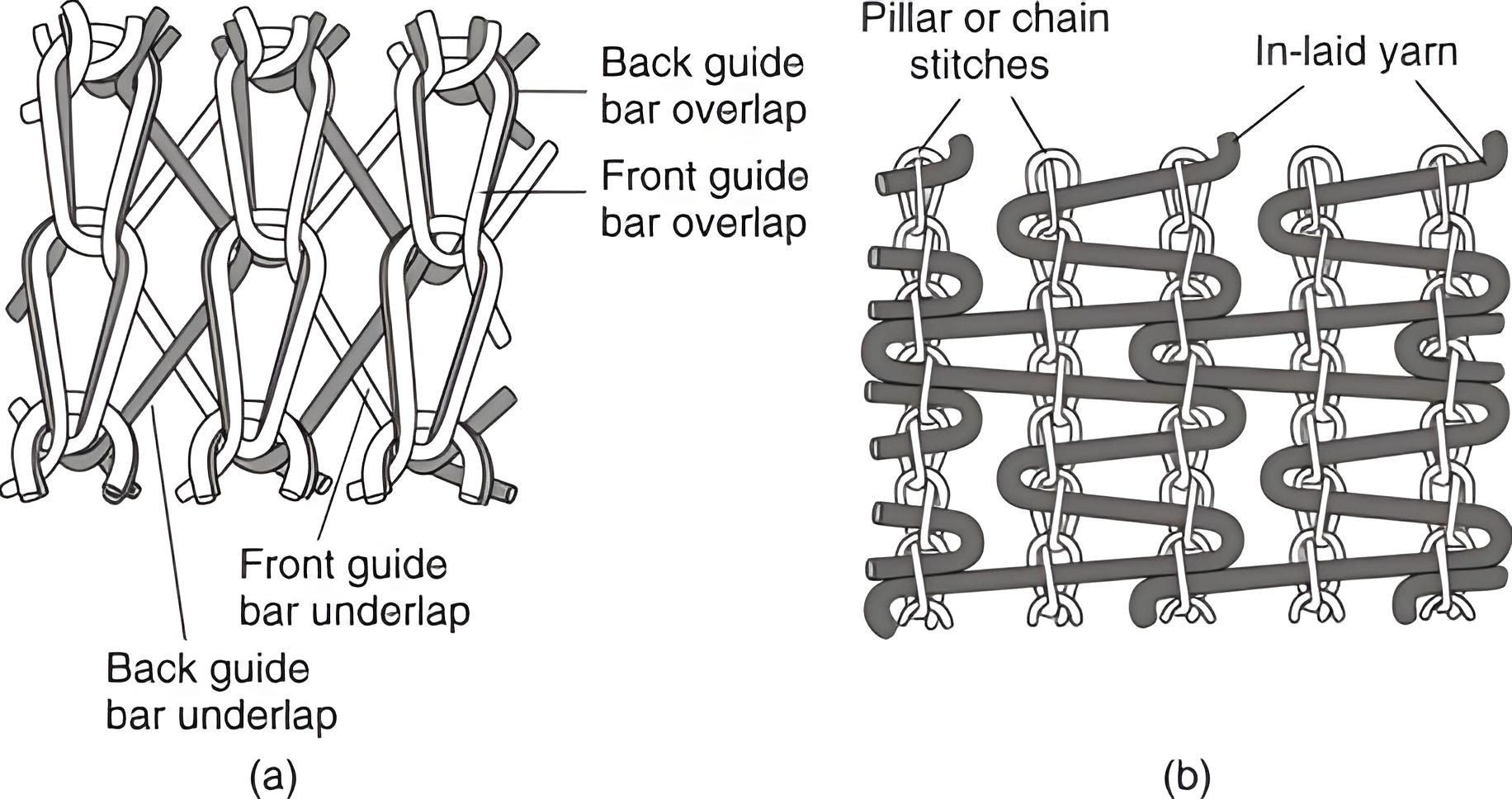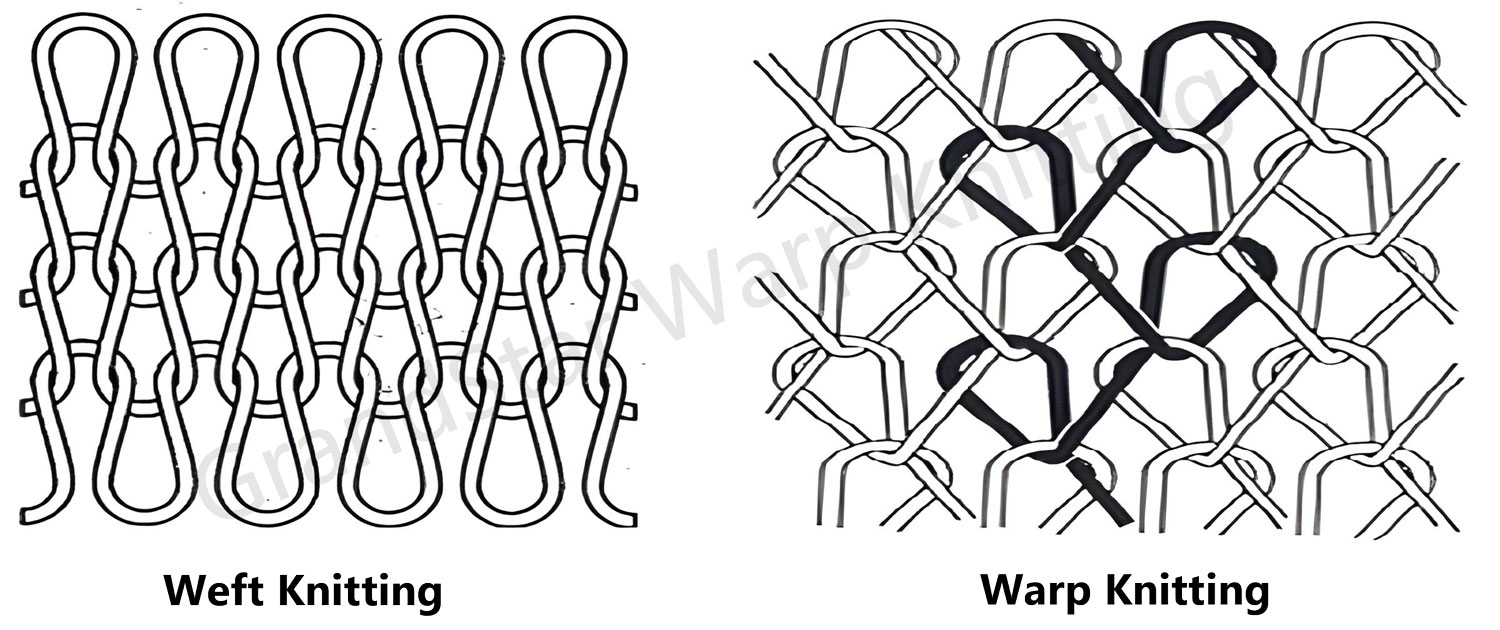Unveiling the World of Warp Knitting
🌟 Unveiling the World of Warp Knitting Application 🌟
Warp knitting stands as a cornerstone of modern textile innovation, celebrated for its efficiency, versatility, and the unique characteristics of the fabrics it produces. This comprehensive guide delves into the fascinating world of warp knitting, exploring its processes, advantages, applications, machine types, yarn considerations, quality control, maintenance, and emerging trends. Whether you're a textile expert, designer, or industry professional, this article is your gateway to understanding the art and science of warp knitting. 🧵✨
What is Warp Knitting?
Warp knitting is a method of fabric production where yarns intermesh in the lengthwise (warp) direction, creating stable, intricate structures. Unlike weft knitting, which relies on a single yarn traversing horizontally, warp knitting employs multiple yarns simultaneously. This approach yields fabrics with exceptional durability, stability, and diverse applications.
🔧 The Warp Knitting Process: A Step-by-Step Overview
Setting Up the Machine
The process begins with mounting a warp beam onto the machine, where yarns are meticulously wound and threaded through guide bars. These guide bars precisely control yarn movement during knitting. The yarns pass through knitting elements and are anchored by sinker bars, forming a stable fabric structure.
Mastering Warp Knitting Techniques
Warp knitting employs versatile techniques such as:
Tricot Knitting: Produces fine, lightweight fabrics with excellent drapability, ideal for lingerie and activewear.
Raschel Knitting: Enables the creation of heavy, textured fabrics perfect for upholstery and industrial applications.
Milanese Knitting: Combines Tricot and Raschel techniques, resulting in unique, multifunctional fabrics.
Diverse Stitch Types
Warp knitting machines craft a variety of stitches, including:
Plain Stitches: Basic interlooping for smooth surfaces.
Tuck Stitches: Add depth and thickness.
Miss Stitches: Create open spaces for breathability.
Jacquard Stitches: Enable intricate patterns and designs.
🌟 Advantages of Warp Knitting
1️⃣ High-Speed Production
Warp knitting machines achieve remarkable production speeds, enabling large-scale manufacturing while maintaining precision.
2️⃣ Design Versatility
From delicate lace to durable technical fabrics, warp knitting allows for endless design possibilities, catering to diverse industries.
3️⃣ Efficient Yarn Utilization
Warp knitting minimizes waste through controlled yarn movement and optimized stitch densities, ensuring sustainability and cost-effectiveness.
🏭 Warp Knitting Application Across Industries
👗 Apparel
Widely used in lingerie, sportswear, and outerwear, warp-knitted fabrics provide comfort, breathability, and excellent shape retention.
🏡 Home Textiles
Ideal for curtains, upholstery, and bedding, warp-knitted fabrics add elegance and durability to living spaces.
🚗 Automotive Textiles
Used in seat covers, headliners, and trims, these fabrics deliver dimensional stability, wear resistance, and enhanced comfort.
🎽 Sports and Outdoor Gear
Warp-knitted fabrics excel in moisture-wicking, stretchability, and durability, making them perfect for performance-driven applications.
Warp Knitting vs. Weft Knitting: Key Differences
Warp knitting produces stable, robust fabrics due to its lengthwise yarn intermeshing, while weft knitting offers flexibility but is more prone to distortion. Each method serves unique purposes, catering to specific design and functional needs.
📈 The Future of Warp Knitting
Emerging technologies are propelling warp knitting into new frontiers, from sustainable practices to advanced technical textiles. Innovations in machinery and materials promise even greater efficiency, creativity, and environmental benefits. 🌍✨
Whether you're exploring warp knitting as a textile professional or discovering its potential as a designer, this guide equips you with the insights to embrace its transformative possibilities. Let's weave the future together! 🧶🚀

